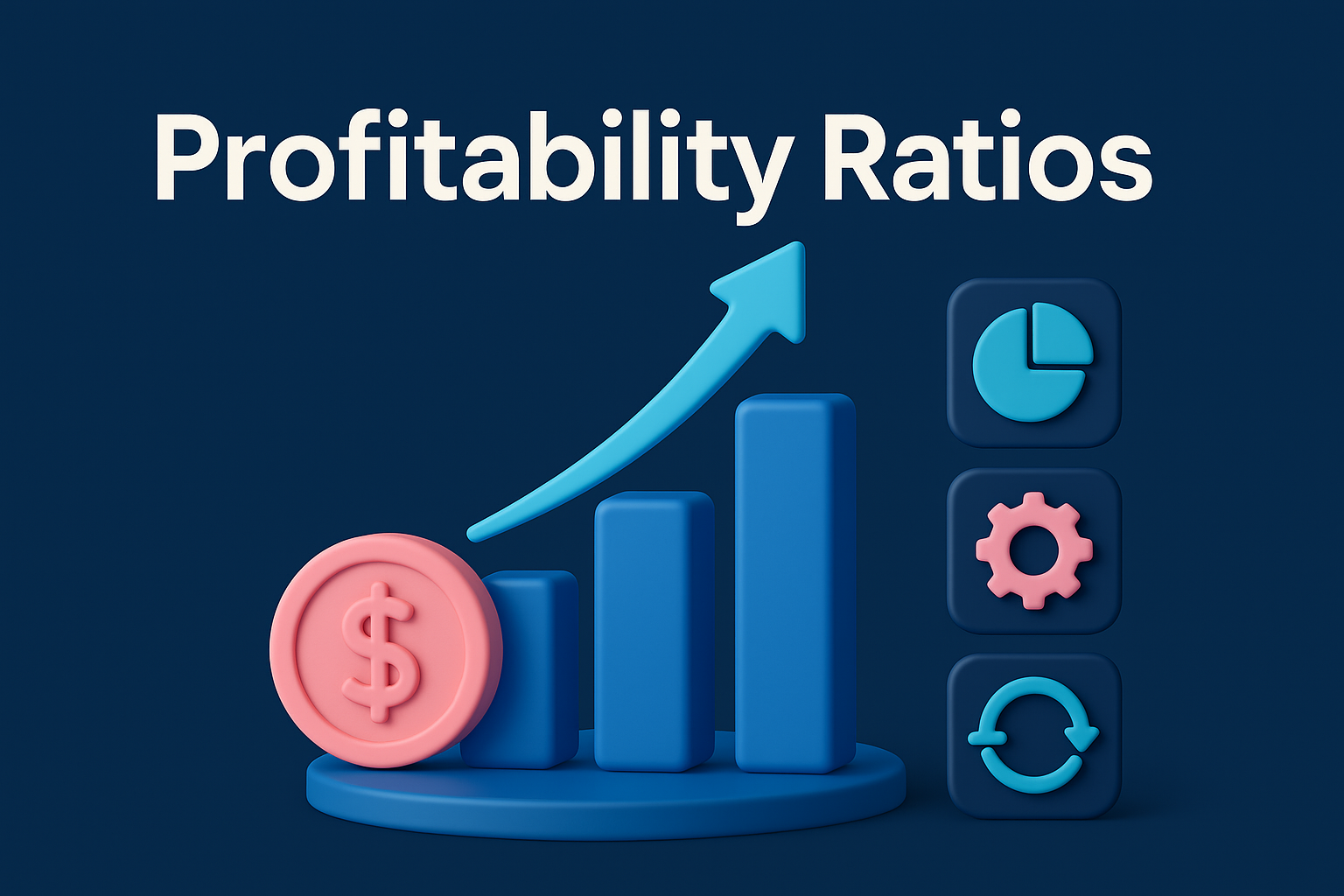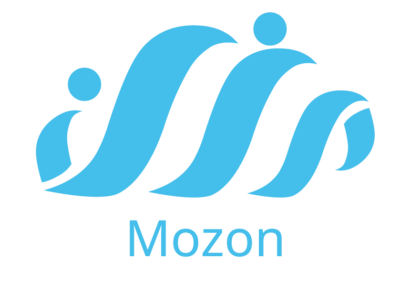Introduction
Business growth is the ultimate objective for organizations of all sizes. Whether it’s a startup aiming to establish its market presence or a large corporation looking to expand globally, growth requires the right balance of strategy, innovation, and execution. In today’s fast-changing world, technology is no longer just a support tool it is the backbone of sustainable business growth.
This article explores how businesses can achieve growth through modern solutions, highlighting strategies powered by technology such as ERP systems, automation, business intelligence, and customer experience platforms. It also discusses the challenges companies face and the opportunities available when growth strategies are paired with digital innovation.
1. Understanding Business Growth in the Digital Era
Business growth is not limited to increasing sales. It encompasses:
Expanding into new markets.
Improving operational efficiency.
Building stronger customer relationships.
Driving innovation in products and services.
The digital era has redefined these dimensions. Growth is now closely linked with data-driven strategies, real-time decision-making, and scalable technology solutions.
2. Traditional vs. Modern Business Growth Solutions
Traditional Growth Methods
Expanding physical branches.
Hiring more sales representatives.
Increasing marketing budgets in traditional media.
Modern Growth Solutions
Leveraging cloud-based ERP to unify operations.
Using automation to cut costs and improve efficiency.
Employing AI-driven insights for smarter strategies.
Enhancing customer experience with digital CRM platforms.
The difference lies in scalability and efficiency. Traditional methods are often expensive and time-consuming, while modern solutions offer faster, more measurable results.
3. Technology as a Growth Driver
a) Enterprise Resource Planning (ERP)
ERP systems integrate finance, sales, HR, inventory, and supply chain into a single platform. Benefits include:
Reducing duplication of efforts.
Real-time visibility of operations.
Better resource allocation.
b) Automation & AI
Automation minimizes manual tasks, allowing employees to focus on strategic growth. Examples:
Automated financial reporting.
AI chatbots for customer support.
Predictive analytics for sales forecasting.
c) Business Intelligence (BI)
BI tools transform raw data into actionable insights. They help managers:
Monitor KPIs.
Identify growth opportunities.
Evaluate risks effectively.
4. Optimizing Operations with Data Analytics
Growth relies on smart decision-making. Data analytics empowers companies to:
Forecast demand with accuracy.
Optimize supply chains.
Detect inefficiencies and reduce waste.
Real-time dashboards provide executives with clarity on performance metrics, enabling quicker and more confident decisions.
5. Customer-Centric Growth Solutions
a) CRM Platforms
Customer Relationship Management systems are key for growth because they:
Improve customer engagement.
Personalize marketing campaigns.
Enhance customer retention rates.
b) Customer Experience (CX) Tools
Businesses are now competing on experience as much as on product quality. CX platforms ensure:
Faster service response times.
Omni-channel communication.
Customer loyalty through tailored experiences.
6. Financial Growth with Smarter Accounting Tools
Finance is the backbone of growth. Modern accounting and ERP systems provide:
Real-time financial reporting.
Compliance with local and international regulations.
Multi-currency support for global expansion.
These tools reduce errors and increase transparency, building investor and stakeholder trust.
7. Sustainability as a Growth Strategy
Sustainability is not just about environmental responsibility—it’s also a growth engine. Companies embracing green technologies and sustainable practices:
Attract eco-conscious customers.
Comply with global regulations.
Build long-term competitive advantage.
Technology enables businesses to measure and reduce their environmental impact while cutting costs.
8. Challenges in Achieving Business Growth
Resistance to Change: Employees and managers may resist adopting new systems.
High Initial Costs: Some digital solutions require upfront investments.
Integration Issues: Legacy systems may not easily connect with modern tools.
Data Security Concerns: Growth strategies relying on technology must ensure data protection.
Despite these challenges, companies that adopt innovative growth solutions see faster and more sustainable success.
9. Case Studies of Tech-Driven Business Growth
Example 1: Retail Industry
A regional retailer implemented an ERP system to unify sales, finance, and inventory. Result:
25% reduction in stockouts.
30% increase in customer satisfaction.
Example 2: Manufacturing
A factory adopted IoT sensors and automation for production. Result:
40% faster production cycles.
Lower operational costs by 18%.
Example 3: Professional Services
A consulting firm introduced BI tools to analyze client needs. Result:
Expanded into three new markets.
Boosted client retention by 22%.
10. The Role of Mozon Business Solutions
To achieve true business growth, organizations need platforms that are scalable, flexible, and built for the future. Mozon Technologies provides advanced solutions that support:
ERP integration to unify operations.
Business intelligence tools for real-time insights.
Automation for increased efficiency.
Data monitoring and analytics for smarter decisions.
Through Mozon’s Resource Planning and Data Monitoring Solutions, businesses can achieve operational excellence while focusing on growth and sustainability.
Conclusion
Business growth requires more than ambition—it requires the right solutions. Technology has proven to be the most powerful driver of success in today’s digital economy. From ERP and automation to BI and sustainability, growth solutions are shaping the way companies operate and compete.
By leveraging platforms like Mozon Technologies, organizations can align strategy with execution, ensuring not only growth but long-term resilience and success.





